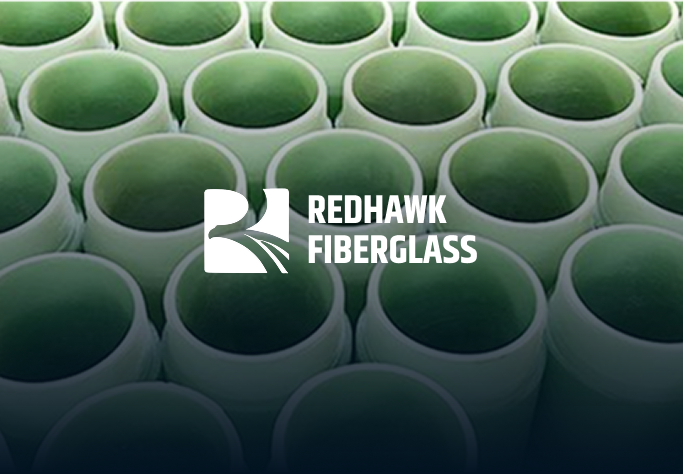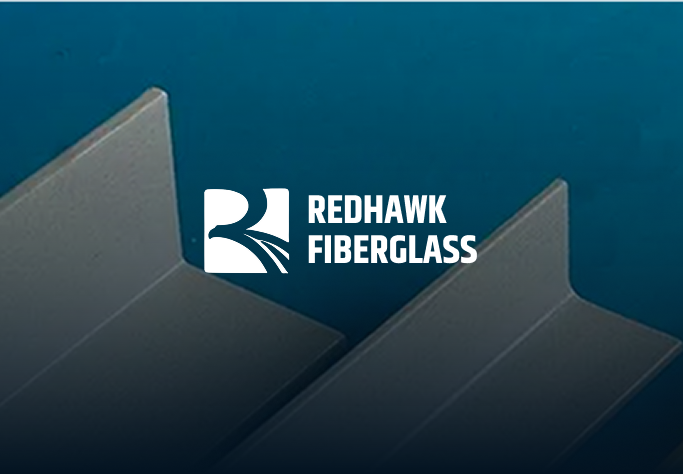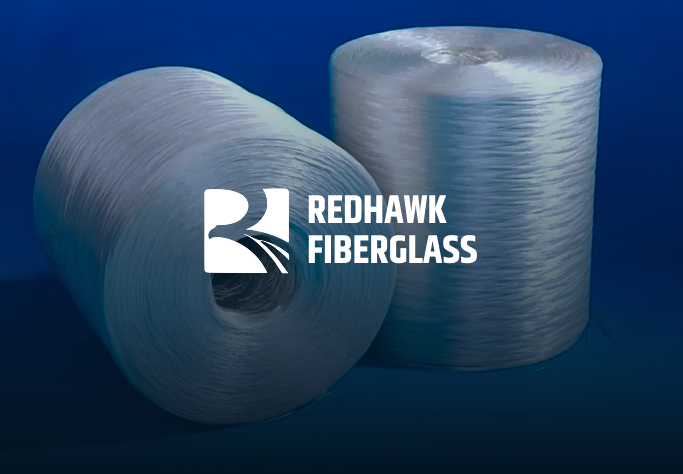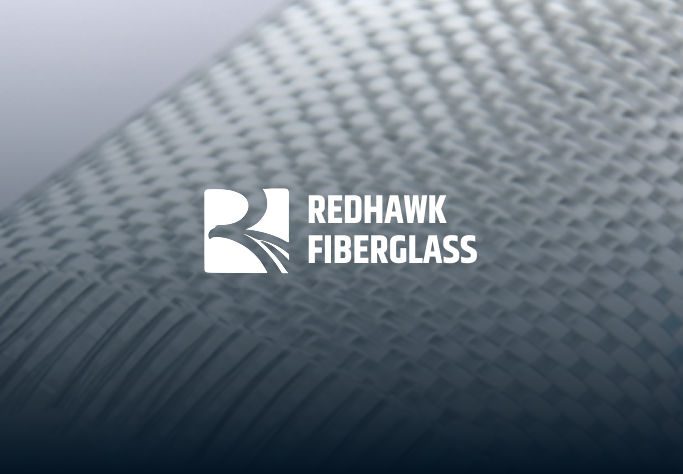Pultruded and Gypsum Fiberglass in Construction




The evolution of modern infrastructure demands building materials capable of sustained performance under increasingly severe environmental and operational stresses. Traditional construction components, such as steel and concrete, often face inherent limitations when exposed to corrosive chemicals, high moisture, or electrical hazards. To overcome these constraints, specialized fiberglass composite technology offers robust, long term solutions. Specifically, the strategic pairing of pultruded fiberglass for structural integrity and gypsum fiberglass for high performance architectural finishes provides superior strength to weight ratios, guaranteed electrical safety, and exceptional durability.
Projects located in chemically aggressive, moisture saturated, or electromagnetically active environments require a material paradigm shift. Conventional metals and porous materials are susceptible to premature failure, leading to expensive downtime, complex maintenance schedules, and significant long term replacement costs.
In environments such as chemical manufacturing plants, paper mills, or coastal wastewater facilities, steel structures rapidly succumb to pitting and galvanic corrosion. This requires constant application of protective coatings and compromises the structural integrity of critical assets like stairways, grating, and machine supports. Furthermore, in electrical power distribution settings, metal components pose an unacceptable risk of electrical shock or short circuiting, demanding a guaranteed non conductive solution for operational safety.
Concurrently, internal and external architectural elements in these same industrial facilities must meet stringent fire safety standards while allowing for rapid, lightweight construction. Using materials that contribute excessive dead load complicates the structural design, increases installation time, and reduces efficiency. The solution is the verifiable performance and versatility of advanced fiberglass composites, which address the limitations of conventional materials across both structural and non structural applications.
Pultrusion is the definitive manufacturing process for creating linear, load bearing members with outstanding directional strength and chemical immunity. This continuous method involves drawing aligned fiberglass rovings through a bath of thermosetting fiberglass resin and a heated die, resulting in profiles that are structurally equivalent to steel but offer superior performance characteristics in extreme environments.
The use of pultruded profiles in heavy duty applications is a proven method for extending asset lifespan and enhancing worker safety. For example, in the construction of treatment basins and elevated walkways, pultruded products provide direct and factual engineering advantages:

For non structural architectural requirements, Gypsum (Fiberglass), or Glass Fiber Reinforced Gypsum (GRG), is the preferred lightweight material for internal finishes. GRG is a sophisticated composite that blends high strength glass fiberglass mesh reinforcement with fire resistant gypsum plaster. This combination produces durable, lightweight panels and complex moldings that are essential in commercial, public, and industrial buildings where safety and design flexibility are paramount.
The practical application of GRG centres on its ability to solve logistical and safety challenges inherent in large scale internal cladding:
In the construction sector, particularly in coastal and marine environments, the need for materials impervious to chlorides and saline environments is constant. Pultruded fiberglass is verifiably used for critical structural elements such as pedestrian bridges, boardwalks, pilings, and retaining wall components where steel or timber would deteriorate quickly. Its durability and minimal maintenance requirements result in significantly lower lifecycle costs, making it the most economical long term choice for sea defence and waterway structures. Furthermore, in urban construction, the lightweight nature of gypsum fiberglass is leveraged for aesthetic ceiling drops, light coves, and acoustic wall panels in large transit centres and convention halls, allowing for high levels of architectural detail without overburdening the primary frame.
The utility sector relies on pultruded fiberglass to ensure the safety and reliability of electrical distribution networks. Due to its non conductive properties, it is the standard material for operational platforms, ladders, guardrails, and substation fencing within high voltage switchyards and transformer enclosures. Pultruded beams are also used to create support structures for large antenna arrays and sensitive communication equipment where metal interference must be avoided. This material ensures that incidental contact with the structure does not result in electrocution, making it an irreplaceable safety component. For the internal partitioning of control rooms and data centers within these facilities, the lightweight and fire resistant qualities of gypsum fiberglass are utilized for internal cladding around sensitive equipment, meeting rigorous fire separation and safety codes.
Established in 1996, Redhawk Fiberglass has developed into a dedicated provider of high performance composite solutions. The company’s commitment to innovation and quality has driven success across decades, specializing in materials designed to meet the most demanding industrial requirements across various international markets. While the article highlights their structural and architectural materials, Redhawk's portfolio extends to several advanced, application specific composite products:
Redhawk Fiberglass ensures that clients have access to a complete fiberglass supply chain, which includes core thermoset products like SMC Fiberglass, reinforcement materials such as 6 Point Mat (Chopped Strand Fiberglass), and essential inputs like various Fiberglass Resin types. They also provide industrial components including High Temperature Fiberglass Gasket Material, versatile Fiberglass Sheets, and specialized Fiberglass Mesh.
Redhawk Fiberglass’s core commitment to quality, continuous improvement, and deep understanding of composite science ensures that the company remains at the forefront of the industry, enabling partners to achieve their most ambitious project goals.
The selection of appropriate materials is paramount to the success and longevity of modern infrastructure. By utilizing the specific advantages of pultruded fiberglass for structural integrity in non corrosive, non conductive applications and the aesthetic, fire safe properties of gypsum fiberglass for architectural finishes, engineers are able to deliver high performance, low maintenance assets. This synergy allows for the proven execution of complex, high risk projects in utility, chemical, and coastal sectors, consistently reducing long term operational expenditure and upholding superior safety standards. Redhawk Fiberglass is a crucial fiberglass distributor committed to supplying these essential materials.
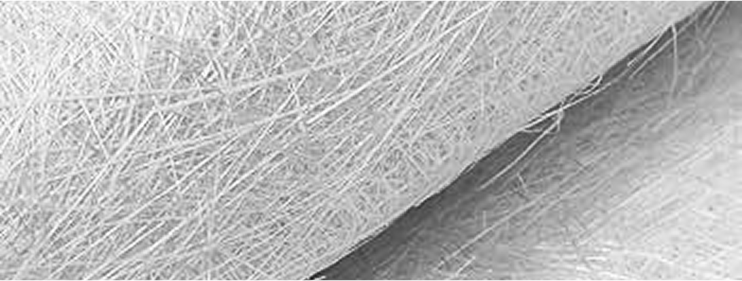
Leading fiberglass manufacturer Redhawk Fiberglass offers a 6-Point Mat (Chopped Strand Fiberglass), which features excellent flowability and high-temperature stability for diverse fiberglass composites

Premier fiberglass manufacturer Redhawk Fiberglass offers Glass Fiber Reinforced Gypsum (GRG) board, a lightweight, high-strength solution for diverse architectural and construction applications.
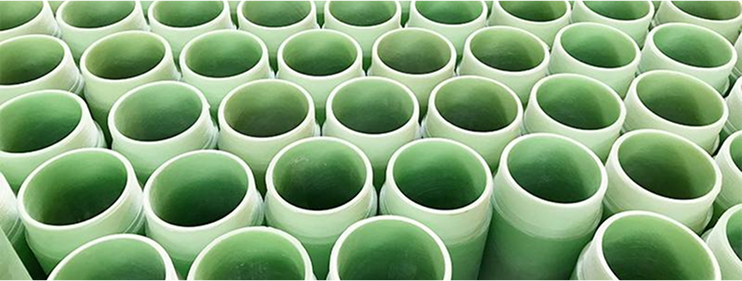
Premier fiberglass manufacturer Redhawk Fiberglass offers Filament Winding, creating precise, high-strength fiberglass composites with excellent thermal and chemical stability for demanding applications.
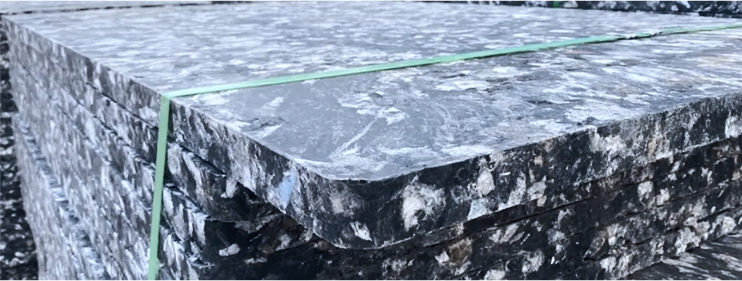
Premier fiberglass manufacturer Redhawk Fiberglass offers Engineering Thermoplastics (GFRT), a lightweight, high-performance fiberglass composite that boosts strength, heat resistance, and dimensional stability for diverse industrial uses.


